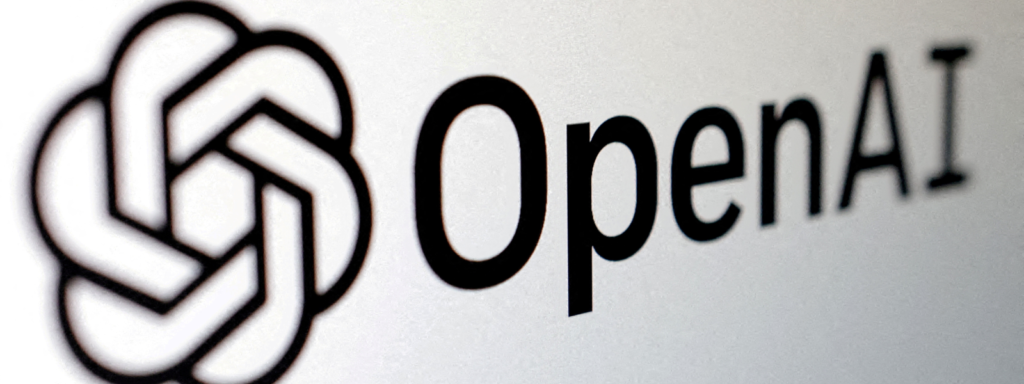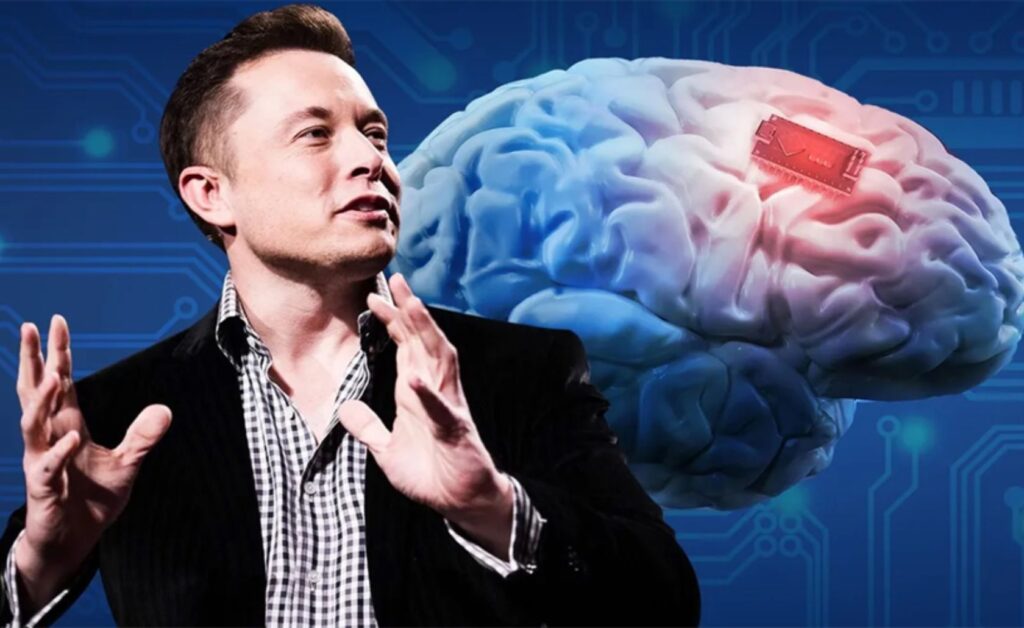
OpenAI, the company behind ChatGPT, has announced the launch of a new AI model called Sora, which can generate a full one-minute video in just a few text prompts. The OpenAI Sora blog states that the goal of OpenAI is to teach AI to comprehend and simulate the real world in motion in order to train models that can help solve problems that require people to interact with the real world.
OpenAI CEO, Sam Altman, also posted about the tool on his X Twitter account. Altman wrote, “We’d love to show you how Sora works. Please send us videos you’d like to see and we’ll get to work!” In his post, Altman said that a lot of people on the platform had sent him prompts and that the results looked very real.
https://t.co/rmk9zI0oqO pic.twitter.com/WanFKOzdIw
— Sam Altman (@sama) February 15, 2024
https://t.co/qbj02M4ng8 pic.twitter.com/EvngqF2ZIX
— Sam Altman (@sama) February 15, 2024
Sora is capable of creating complex scenes with multiple characters, precise movement, and detailed backgrounds, according to OpenAI. Not only does the model understand the user’s prompts, but it can also interpret how these elements work in real-world situations.
The model has an in-depth understanding of language, which allows it to correctly interpret prompts and create characters that convey strong emotions. Additionally, OpenAI claims that Sora can create multiple shots in a single generated video, which accurately maintains characters and visual style.
The OpenAI Sora model’s capabilities seem impressive at the moment, but it’s important to be cautious of a model that’s capable of creating a 1-minute video from a few simple text prompts. If you remember the AI-generated Will Smith eating spaghetti video that went viral at the start of 2023, you’ll understand the huge leap that Sora represents. There was another one where Scarlett Johansson ate something, too. Sora’s videos look incredibly realistic.
Despite this, OpenAI won’t back down from a conversation about safety. The company says that before releasing Sora into OpenAI’s products, they’ll be implementing several key safety measures. For example, OpenAI says that they’ll work with red team experts in areas like misinformation, hate speech, and bias to rigorously test their model to identify vulnerabilities.
They’ll also be creating tools to identify misleading content, like the detection classifier that will be able to identify videos generated by OpenAI.
They’ll use existing safety protocols that have been developed for their products using DALL·E 3, which also apply to Sora. For example, within OpenAI products, the text classifier in OpenAI says that it’ll screen and reject entry prompts that violate their usage policies, like those that ask for extreme violence or sexual content.
They also say that they’ve built strong image classifiers that will review every frame in generated videos to make sure they comply with their usage policies before allowing users to access them.
OpenAI also states that it is actively working with policymakers, educators, and artists from around the world to address concerns and find ways to use this new technology positively. “We will be engaging with politicians, educators, and artists worldwide to understand their worries and to find ways to use them positively,” says OpenAI. “Even with the best research and testing, it is impossible to predict all of the positive uses of our technology or all of the ways people will misuse it. That is why we believe that real-world experience is an essential part of developing and deploying increasingly secure AI systems over time.”
Sora is currently only available to the red team members to explore the critical areas for potential problems or risks.OpenAI is also granting access to visual artists, designers, and filmmakers to help the company collect feedback on how to enhance the model.


